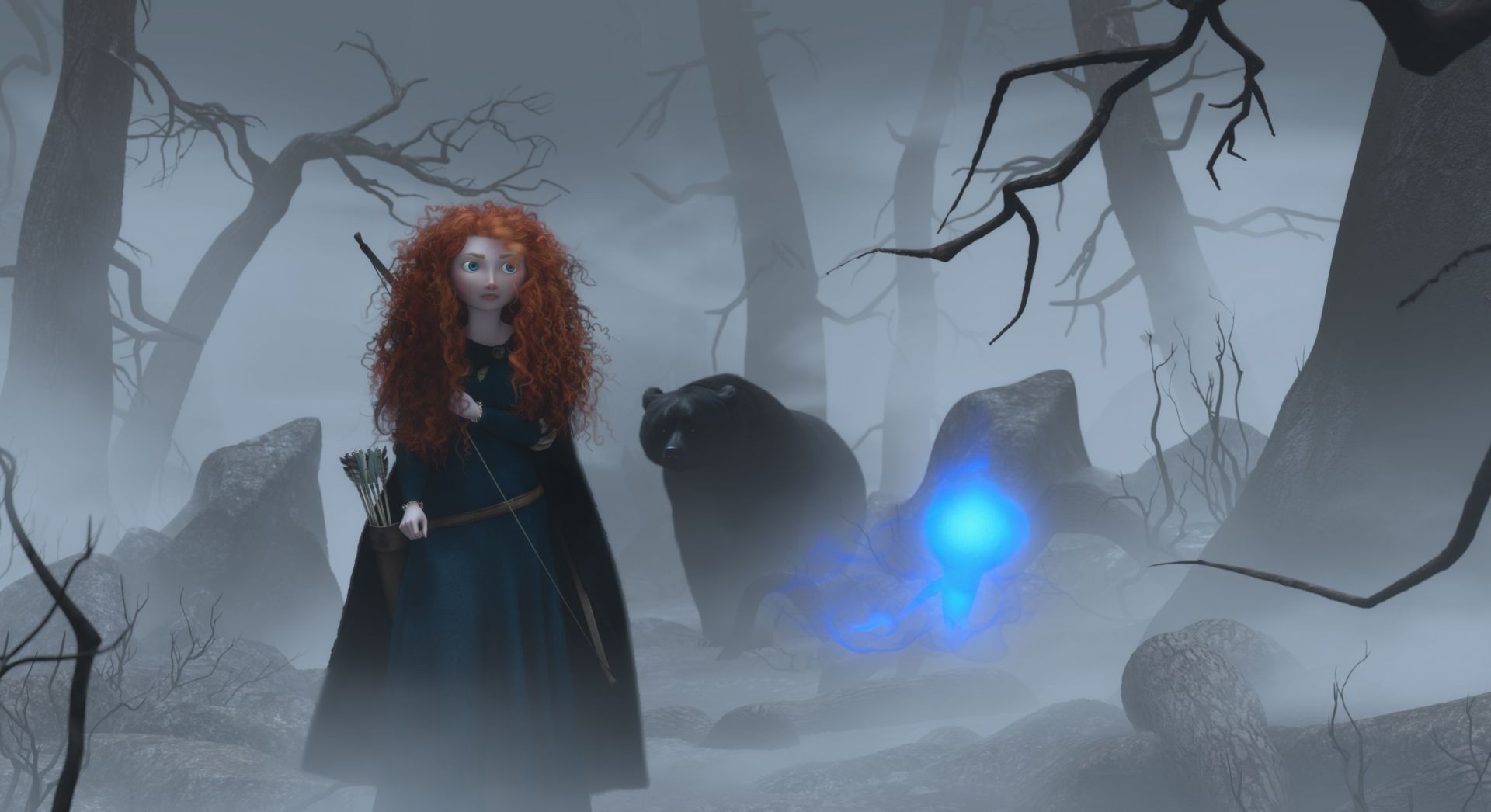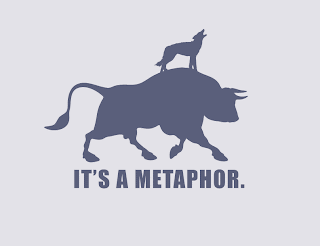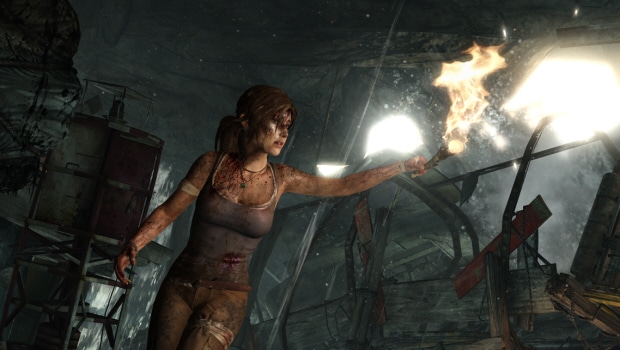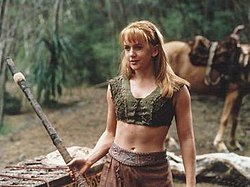 So, Brave is out today. I saw it last week with my daughter because I'm cool like that. But my coolness is not the point here, Brave's coolness is in fact the point here. Lots of people are going to be talking about Brave, and already have started. Slate takes issue with Fiery Redhead Stereotypes, Jeff Gomez says in Bloomberg Businessweek that:
So, Brave is out today. I saw it last week with my daughter because I'm cool like that. But my coolness is not the point here, Brave's coolness is in fact the point here. Lots of people are going to be talking about Brave, and already have started. Slate takes issue with Fiery Redhead Stereotypes, Jeff Gomez says in Bloomberg Businessweek that: “This is not a feminist development... It’s a generational development. The people seeing these new movies find values more aspirational than gender.”Unsurprisingly, I agree with Jeff, though Feminists and humans overall should be excited that there is FINALLY an animated film with a living mother in it and a female heroine and that it has been produced by the distribution Juggernaut that is Hollywood without taking away the joy that can come with those features.
The most important review comes from my daughter and her best friend (both 5); both agreed that it was quite scary, but also amazing, beautiful and that they loved it.
With all that in mind I'm going to try and write a few reasons I enjoyed the movie without using Spoilers or breaking into tears. Spoiler: This movie may very well bring you to tears, I cried, my daughter cried, we all cried, it was awesome.
1. A Highly Resonant Mother-Daughter Story
 |

If you can think off some offhand, throw them into the comments because I have been struggling to remember some.
The fact that Queen Elinor is as central to the story as Merida is refreshing and needed in the story landscape that kids are exposed to and both the mother and daughter came off as nuanced and honest, both flawed, both trying their best and both loving, caring creatures.
2. A Legend without a Messiah Complex
 A problem I often find when people discuss legends is that, especially when writing them, the protagonist seems to fall into the position of "the most important person who has ever lived or will ever live in this story world." Merida is amazing, her story is great, but it fits into a tapestry of myth and legend larger than any one individual story and this is also fantastically refreshing.
A problem I often find when people discuss legends is that, especially when writing them, the protagonist seems to fall into the position of "the most important person who has ever lived or will ever live in this story world." Merida is amazing, her story is great, but it fits into a tapestry of myth and legend larger than any one individual story and this is also fantastically refreshing.This is not to say Merida isn't the hero of her own story, she is. Or that she doesn't profoundly change the world around her, she does. But she doesn't have to be a unique superhero to do it. Fate has conspired to give her her position and skills, but she's not the only person with any inner strength or power.
When secondary characters are off-screen, their lives continue. The world of Brave has a past, present and future and it is filled with interesting ideas just outside of view. As a personal point of order, I want to point out that some of the stories being explored in publishing are adaptations of the film, and some are other stories about Merida. These seem to be mostly baby steps in transmedia storytelling, but it is a start, and Brave has a lot more paths to explore.
3. A Magical World without Overbearing Explanation
You know who loves a thorough, in depth magical system in a fictional storyworld? Me. I would go out on a limb and say I am one of the people in the world MOST interested in how magical systems exist in story worlds and how they're executed and the minutia of their development and internal narratives. I literally will read thesises on these. But, when I'm watching a movie or reading a book or enjoying a story, sometimes it's more important to know that something is important because the characters do. Sometimes, often, you don't need to pause the plot to elaborate on the ethnographic impact of a specific mythical creature.
 There are ways to look into those details later. For instance, Wil o' Wisps and Stone Circles have reams and reams and tomes and tomes of legends and analysis and fantastic stories you can read to learn about them. You can do that homework outside an 88 minute feature. Brave doesn't slow down the story to explain what it's doing, it lets the world exist and be explored without belaboring the point (which I just did), and the story is much more mysterious and exciting and thrilling for it.
There are ways to look into those details later. For instance, Wil o' Wisps and Stone Circles have reams and reams and tomes and tomes of legends and analysis and fantastic stories you can read to learn about them. You can do that homework outside an 88 minute feature. Brave doesn't slow down the story to explain what it's doing, it lets the world exist and be explored without belaboring the point (which I just did), and the story is much more mysterious and exciting and thrilling for it. Brave has a very clear protagonist, and a central storyline that revolves around two women. Vital to their lives and the fantastic lushness of the story are the men in their lives and the characters around them from the wider world. The core family includes a wacky Dad, who genuinely cares about the ladies in his life but also seems realistically on both of their sides. The little brothers are 100% competent even though they have superhuman pastry-thieving skills and pull together in trouble, protecting and aiding those around them.
 These characters are funny, they're playful and at times wacky. The characters from the wider world play on clear stereotypes, but unlike many secondary characters, the manage to all have some nuance and motivations and desires all their own. Beyond their silly exteriors they all manage to be able to make their own decisions and to have lives outside the immediate sphere of the main character.
These characters are funny, they're playful and at times wacky. The characters from the wider world play on clear stereotypes, but unlike many secondary characters, the manage to all have some nuance and motivations and desires all their own. Beyond their silly exteriors they all manage to be able to make their own decisions and to have lives outside the immediate sphere of the main character. While I am highly interested in some male perspectives on these characters, the reality is that these characters were well considered and came off as silly, but none of them did anything that came off as blatantly idiotic or even worse, out of character for plot's sake alone.
5. Setting that advances the story without telling the story for you
While there is plenty of action in Brave, my daughter didn't crawl on my lap for support because of a violent battle. She got scared because the amazingly beautifully animated setting made excellent use of the moody mists and twilight. The mood set tones rather than overpowering the story with its grandeur. The land is one of myth and legend where it clearly looks like there's a magical creature in every glen, but also, a place where you can imagine camping and hiking and living.
The world is one that is realistic despite the stylised animation and the moods established prove that Pixar is still at the leading edge of visual storytelling above all others.
I loved Brave, I'm so excited that this story is in the world. I'm really looking forward to hearing what other people think of it and to argue with me on points that they disagree on. That said, I couldn't be more pleased that Merida and Queen Elinor were characters I got to share with my daughter while she's still young.


























